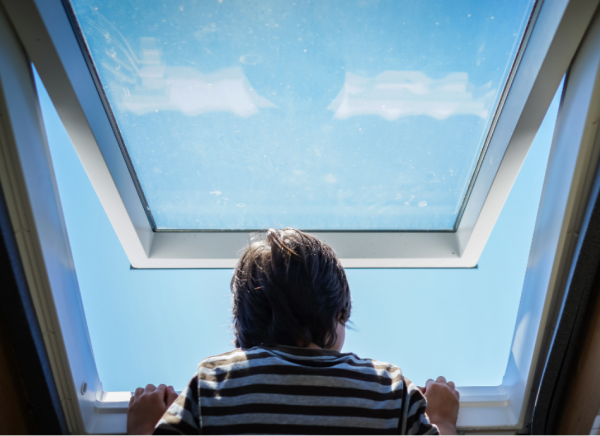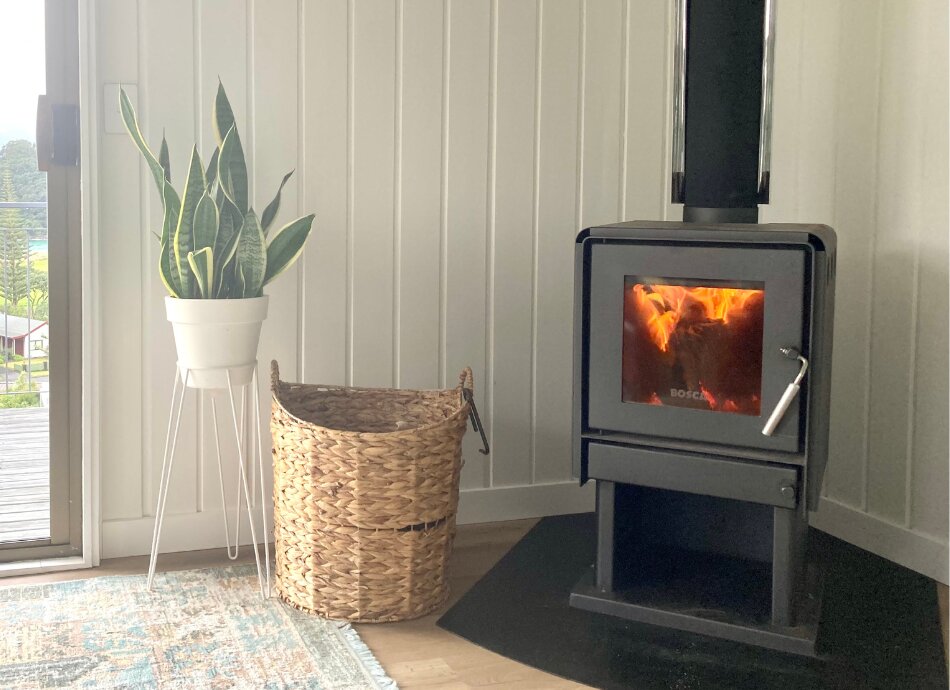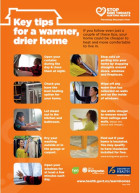1. Do a healthy home check
A healthy home check is an assessment of your home to see if it can be improved in terms of:
- ventilation and insulation
- efficiency of heating, hot water and lighting
- whether rental homes meet the required standard for New Zealand healthy homes.
You might be able to do a check yourself, this checklist for landlords(external link) gives you an idea of what to check and what's needed for rental properties. Some regions offer free assessments, read more about in-home assessments(external link).
2. Insulate your house
Insulation in the roof and under the floor keeps your house warm and dry in winter, but it’s expensive and may not be an option if you’re renting or on a budget.
If you’re on a low income, you may be able to get financial help for home insulation through Health New Zealand's Healthy Homes initiative(external link) (read more below). Some local or regional councils offer insulation deals and the Winter Energy Payment(external link) is available for some people. Insulation is also now compulsory in all rental homes.(external link)
If you don't have insulation, there are other ways you can insulate to help make your home warmer:
- Window films – these kits have a clear plastic film that sticks to your window framing and acts like double-glazing.
- Bubble wrap – added to your windows, bubble wrap provides an extra layer that helps insulate your home against the cold outside air.
- If you have a wooden, tiled or lino floor, add a large rug to cover as much of it as possible. Check Trade Me or Marketplace for lower-cost options.
- Some carpeting companies put their offcuts out for people to take away free of charge. Some of these may be large enough to make a rug from.

Image credit: Canva
3. It's curtains for cold
Having snug-fitting curtains helps keep your house warm. Floor length curtains keep the heat in better than shorter ones. Adding a rolled-up towel on top of your curtain track also stops warm air escaping behind the curtain.
The heat from the sun is free, so make sure you open your curtains in the morning to let the sun’s heat in and close them just before sunset to keep the cold out.
If you don't have curtains you could try a curtain bank, or pinning a blanket up will help to stop the heat escaping.
Curtain banks
If you don’t have curtains, there are several curtain banks that provide good quality, second hand curtains. If you're in Christchurch, Ashburton, Kaikoura or the West Coast you can apply for curtains from the Community Action Agency Charitable Trust(external link).
Red Cross NZ also has curtain banks in some areas. If you live in Tauranga, Whakatāne, Gisborne, Napier, Manawatū-Whanganui and Invercargill, you may be able to get free curtains from one of their curtain banks. Learn how to get warm curtains.(external link)
4. Draught-proof windows and doors
Check there aren’t any draughts coming in through any windows or doors, as this will make your house cold.
Tighten window catches to make sure they close properly, seal any gaps around windows or doors with an appropriate sealant, or strips.
A draught stopper across the bottom of a door (or a rolled up dry towel) helps keep the cold out. Other options include a pool noodle that’s been cut so it fits snugly on both sides of the door, or self-adhesive brush strips. Draught excluder strips are available from hardware shops.
You could make your own draught excluder for under doors by using the leg of old jeans, an old pair of tights or old woolly jumper sleeves. Stuff with newspaper or old clothing.
5. Reduce condensation
Condensation, or water that’s collected on windows and walls, makes your home damp and can cause mould to grow. A damp house is also more expensive to heat. To reduce dampness in your home:
- put lids on pots when cooking
- use an extractor fan in the kitchen and bathroom or open a window
- close the bathroom door while showering
- dry your clothes outside (or in a garage or carport).
If you do have condensation, wipe it off each morning with a towel.
6. Get a good heater
Electric heaters are cheap to buy and safe to use. Get a heater that's the right size for the room you're heating. A heat pump with a thermostat is also a good option as it keeps the cost down. Keep doors closed to rooms that aren't in use.
If you're not going to use your open fire, put something across the front of it (eg, a plywood sheet or an old real estate sign cut to size) to stop warm air escaping up the chimney.
Important information about unflued and portable indoor gas heaters.An unflued gas heater is a heater that burns gas for warmth but doesn't have a pipe to vent the fumes outside. They come in different styles, eg, portable ones that plug into your gas line or bigger ones mounted on the wall. Patio heaters are another type of unflued gas heater, that should never be used inside the house. Unflued indoor gas heaters release dangerous toxins (eg, nitrogen dioxide and carbon monoxide) that can harm your health. They also produce water vapour that can also affect your health by increasing the growth of moulds and dust mites. There are things you can do to protect your health if you have an unflued gas heater. Read 'What should I do if I have an unflued gas heater?'(external link) at Worksafe NZ. |
Don't forget your smoke alarms!
It's very important to fit your house with working smoke alarms. These can be bought cheaply at most supermarkets and hardware stores. You should test them a few times each year (daylight savings is a good time) to make sure they're still working. Most have batteries that you can replace. If you need help, Fire and Emergency NZ offer free Home Fire Safety Visits(external link) to people, family and whānau who require fire safety advice. They can check smoke alarms and provide advice on where they should be installed and how they should be maintained. They can also install alarms that you've bought.
7. Move furniture
Where you have your furniture in your room can make a difference to how easy it is to heat. It may feel good to sit close to your heater or fire, but your furniture can block the heat from spreading, which means it will take longer for the room to heat up.
8. Air your house and let the sunshine in
Make sure you air your house out, even in the colder months. Open the doors and windows on fine days and let the fresh air in to help dry out your home and reduce mould. Sunshine is free and a great way to keep your home drier.

Image credit: Canva
9. Get rid of mould
Mould loves to grow in damp and wet places and can cause health problems. Almost half of all homes in Aotearoa New Zealand have mould issues. If you see mould, get rid of it as soon as possible. You can use a bleach solution (2 teaspoons of bleach to 1 litre of water) or white vinegar (without any added water) to remove it.








